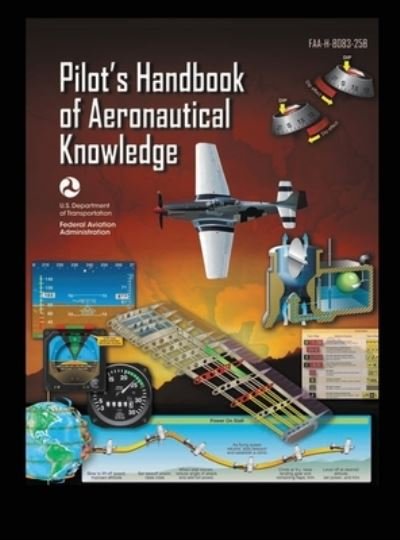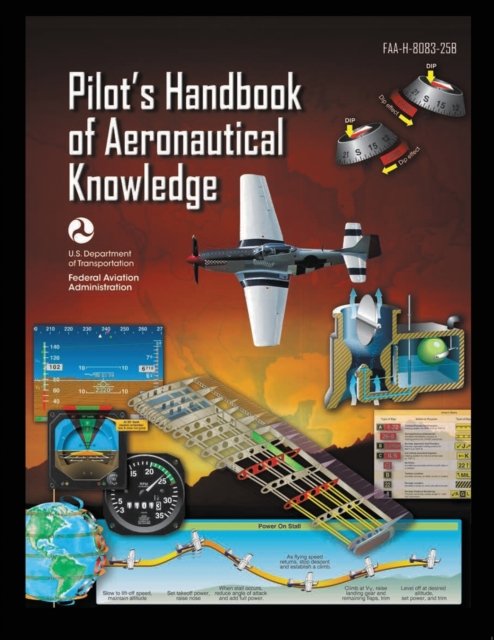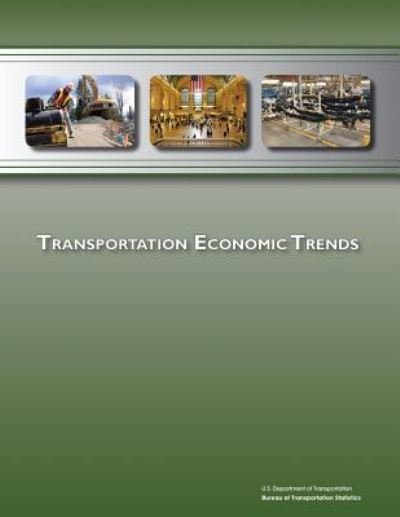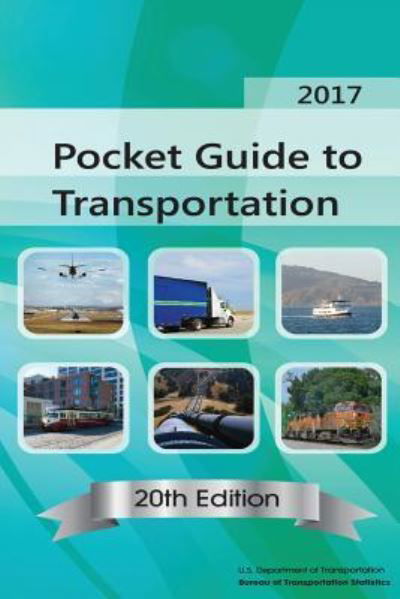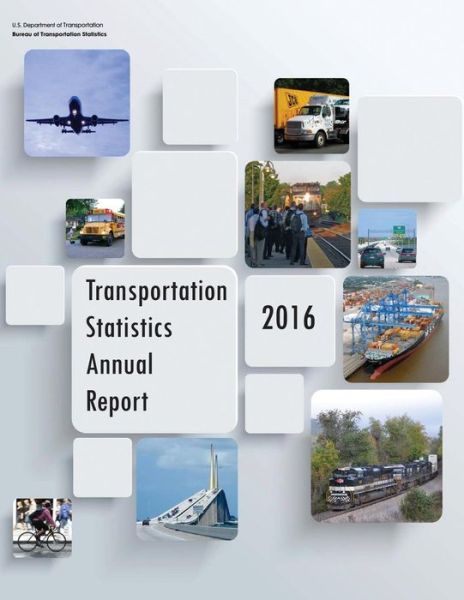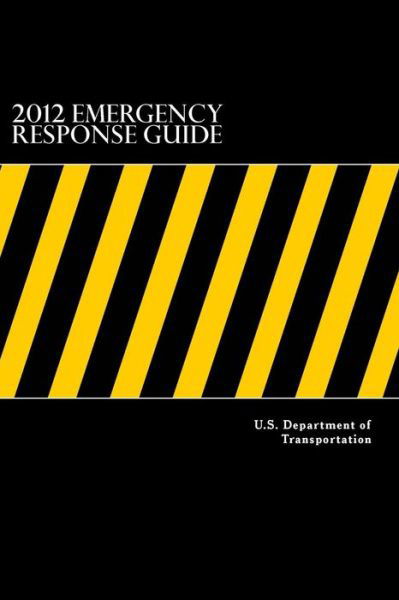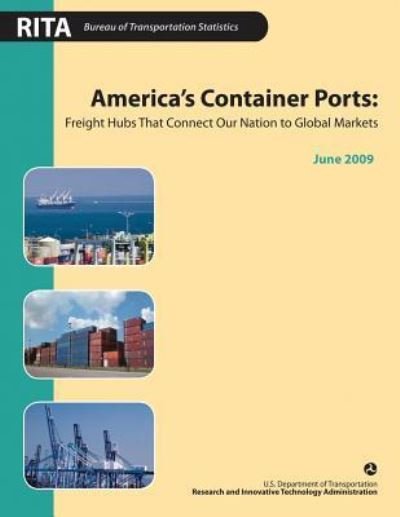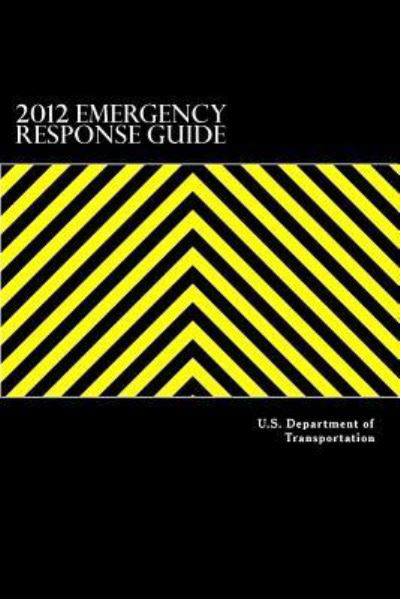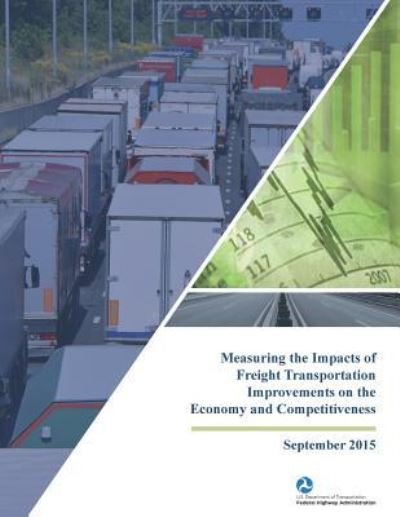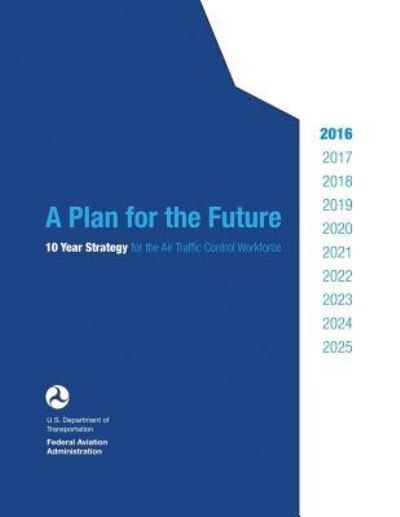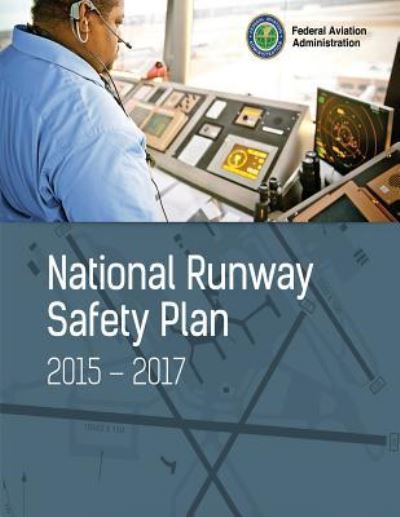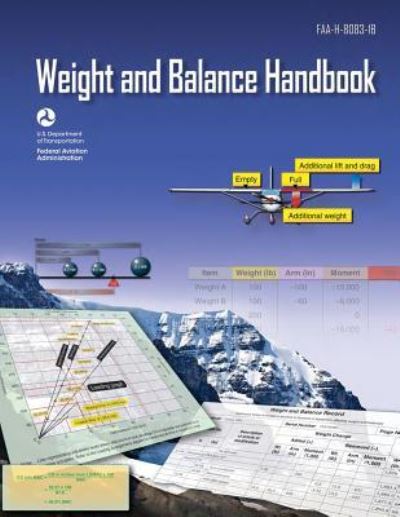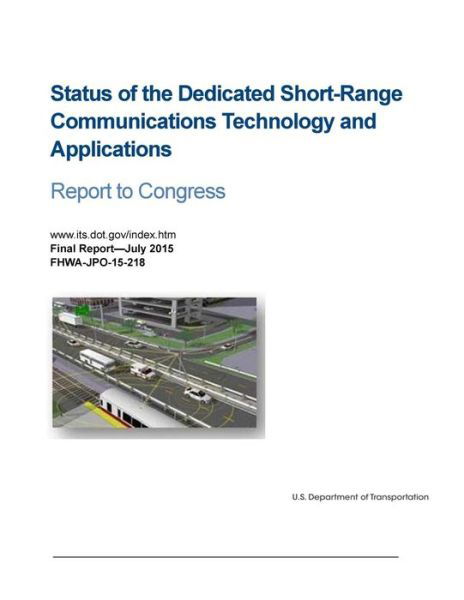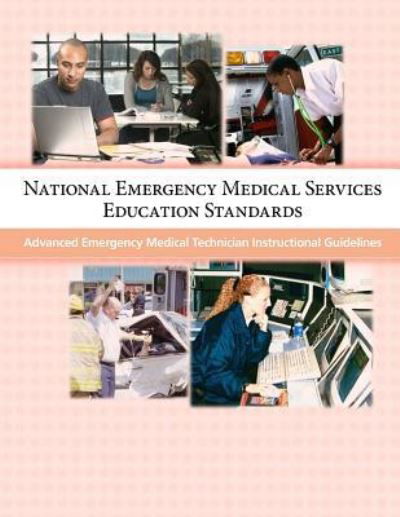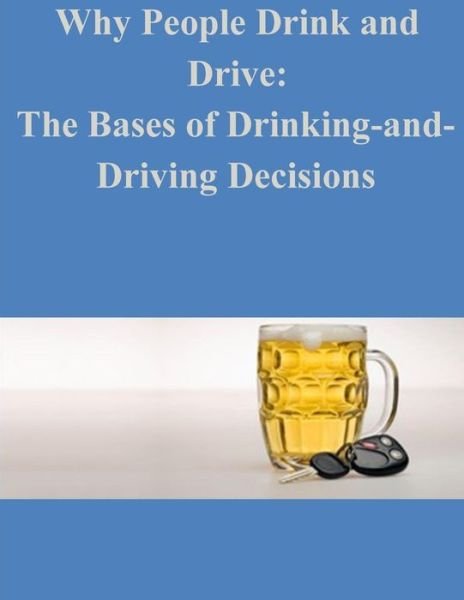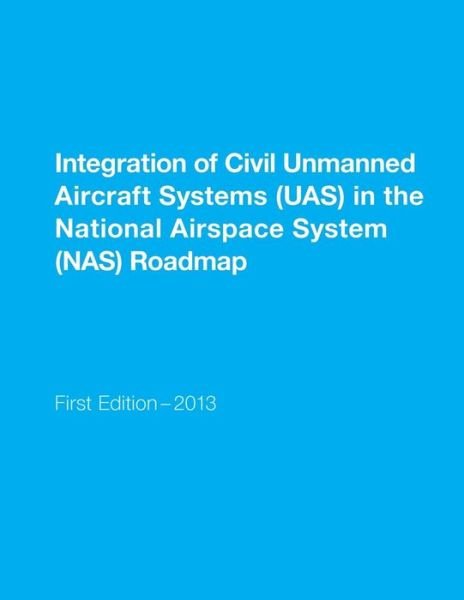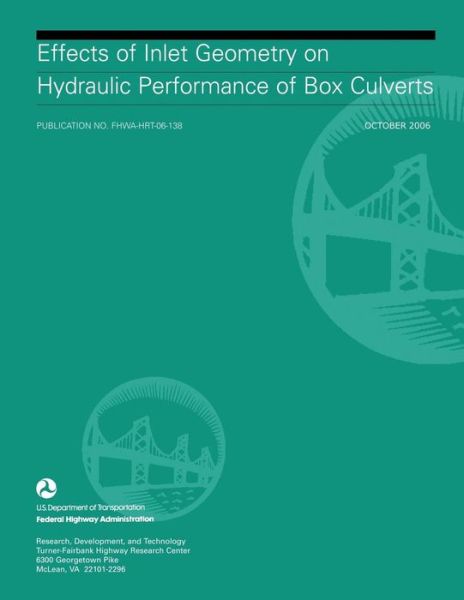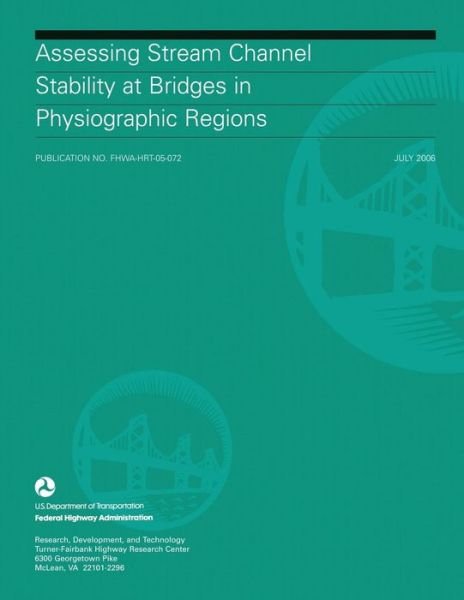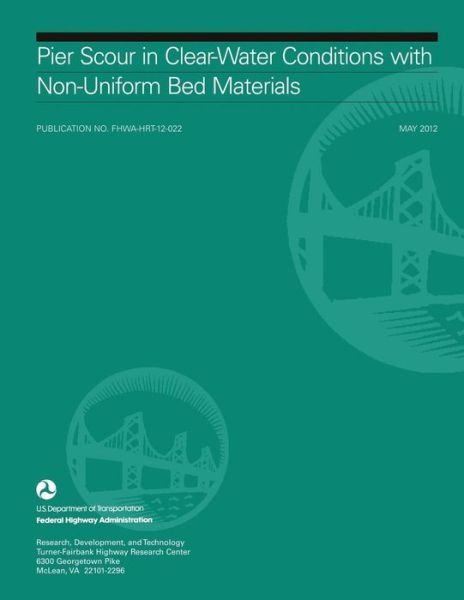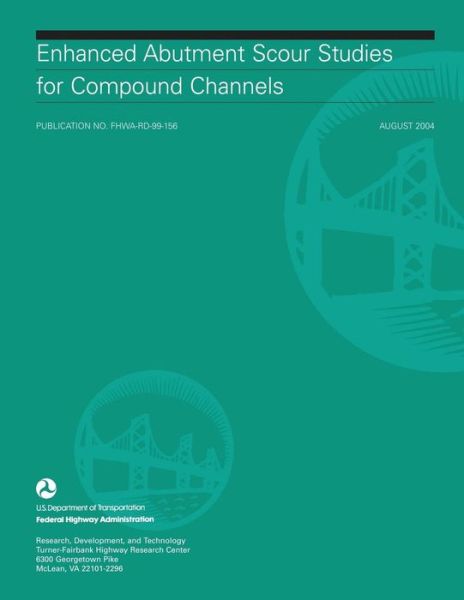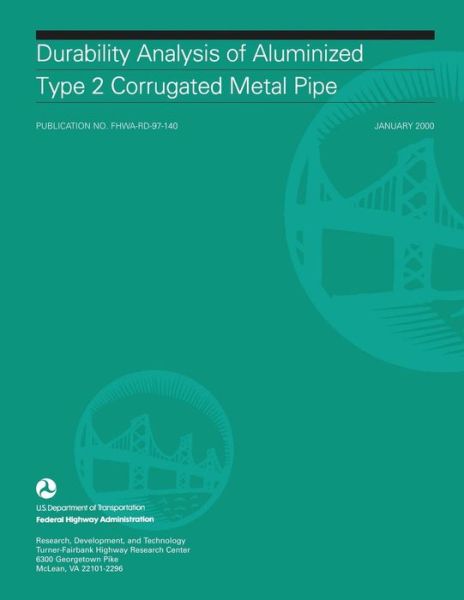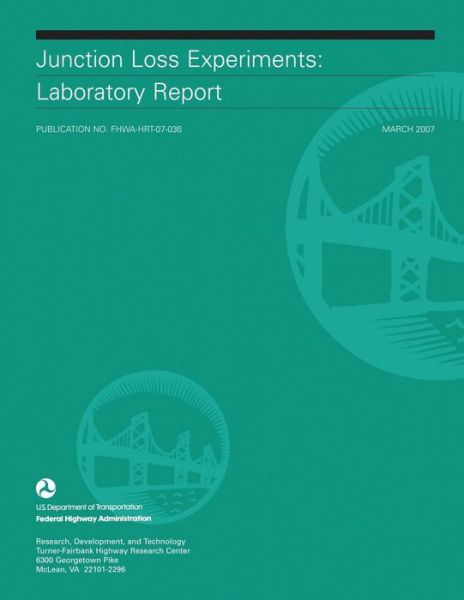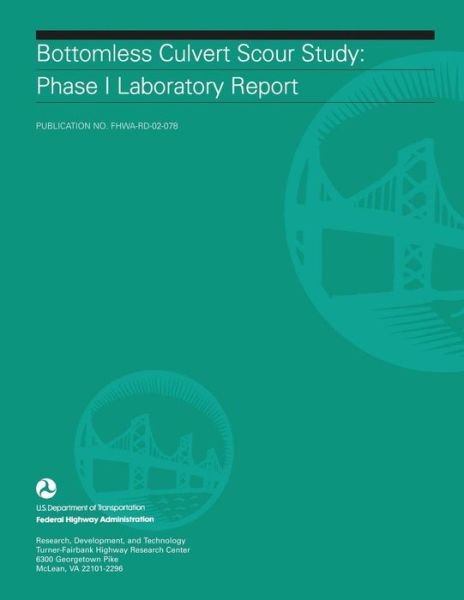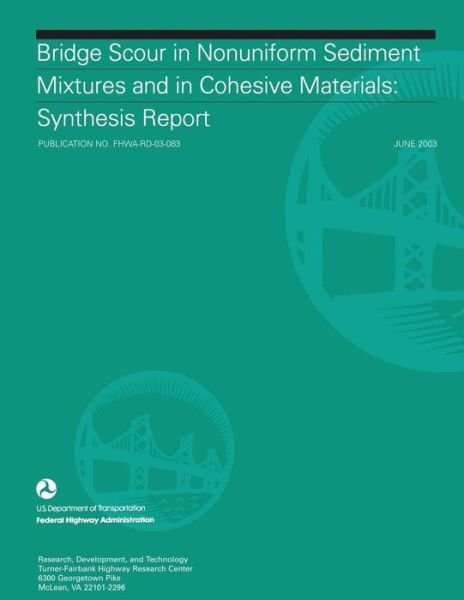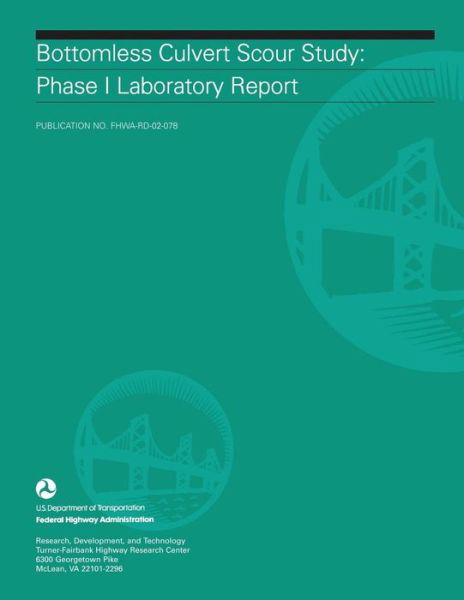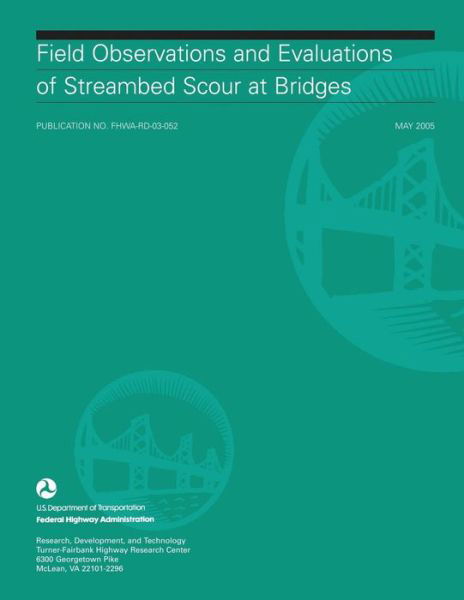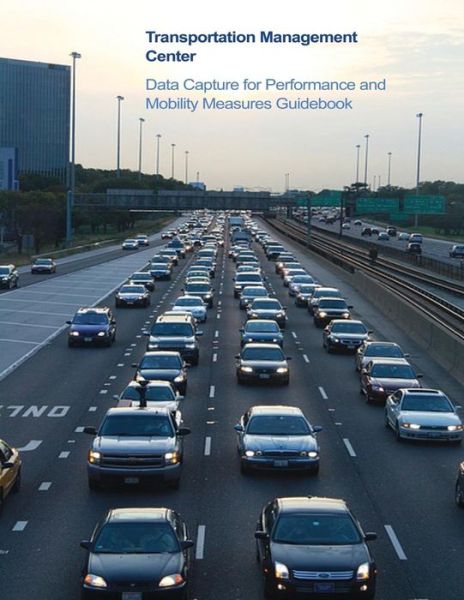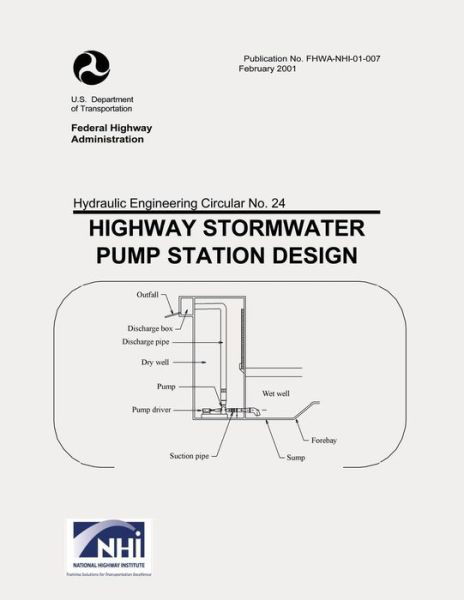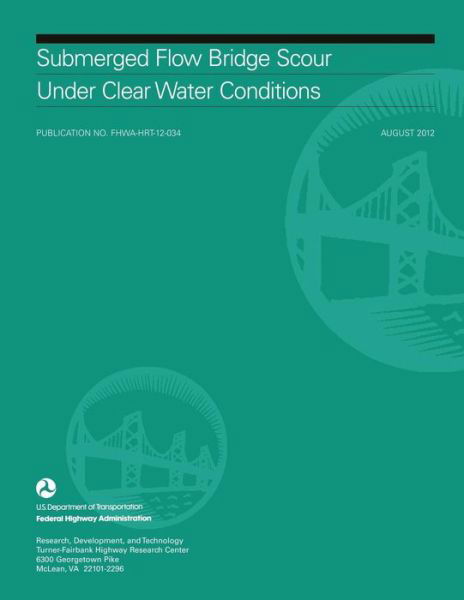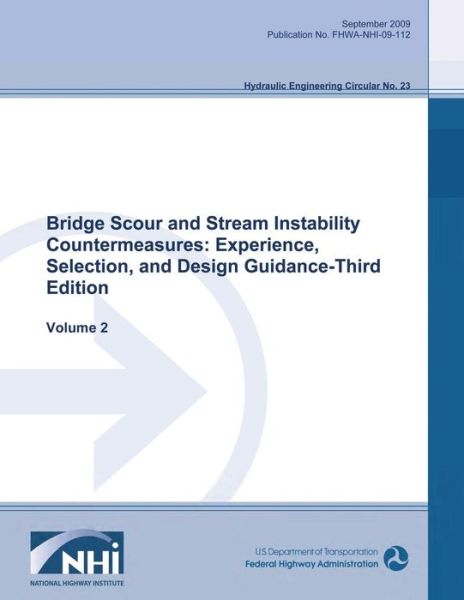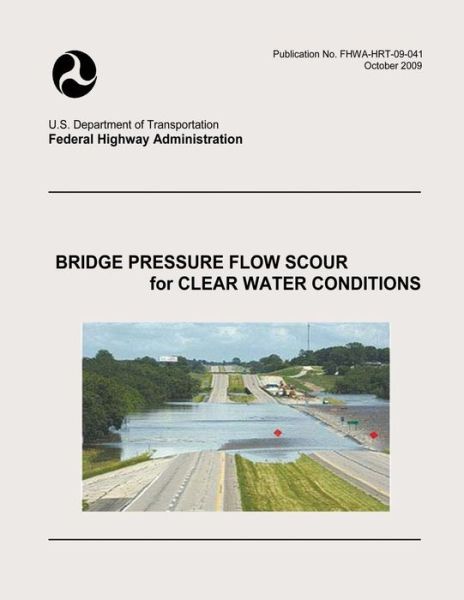
Tell your friends about this item:
Bridge Pressure Flow Scour for Clear Water Conditions
U S Department of Transportation
Bridge Pressure Flow Scour for Clear Water Conditions
U S Department of Transportation
Publisher Marketing: Bridges are a vital component of the transportation network. Evaluating their stability and structural response after a flood event is critical to highway safety. Bridge studies are usually designed with an assumption of an open channel flow condition, but the flow regime can switch to pressure flow when the downstream edge of a bridge deck is partially or totally submerged during a large flood. Figure 1 shows a bridge undergoing partially submerged flow in Salt Creek, NE, in June 2008. Figure 2 shows a totally submerged flow in Cedar River, IA, in June 2008, which interrupted traffic on I-80. Unlike open channel flows, these pressure flows create a severe scourability potential because scouring the channel bed is one of the only ways to dissipate the energy when passing a given discharge in pressurized flow. Although most bridge scour events are due to live bed scour, a maximum scour depth often results from clear water flows with a critical approach velocity for bedload motion. For bridge safety, this report emphasizes the equilibrium maximum scour of pressure flows in extreme clear water conditions. The objectives of the study were to collect a detailed high-quality dataset of pressure flow scour at a model bridge and to develop an analytical solution for pressure flow scour based on mass and energy conservation laws. To these ends, existing results in the literature were reviewed, and knowledge gaps were identified. Next, a series of flume experiments were conducted to examine the existing methods and test new hypotheses on bridge pressure flow scour. After, bridge flows were divided into three cases, and the mass and energy conservation laws were applied to each case, leading to hypotheses for pressure flow scour predictions. The hypotheses were tested with the flume data. In this report, an example procedure for calculating the maximum scour depth and scour profile is presented along with recommended research needs.
| Media | Books Paperback Book (Book with soft cover and glued back) |
| Released | March 10, 2015 |
| ISBN13 | 9781508811039 |
| Publishers | Createspace |
| Pages | 62 |
| Dimensions | 216 × 279 × 3 mm · 167 g |
More by U S Department of Transportation
See all of U S Department of Transportation ( e.g. Paperback Book , Book and Hardcover Book )


